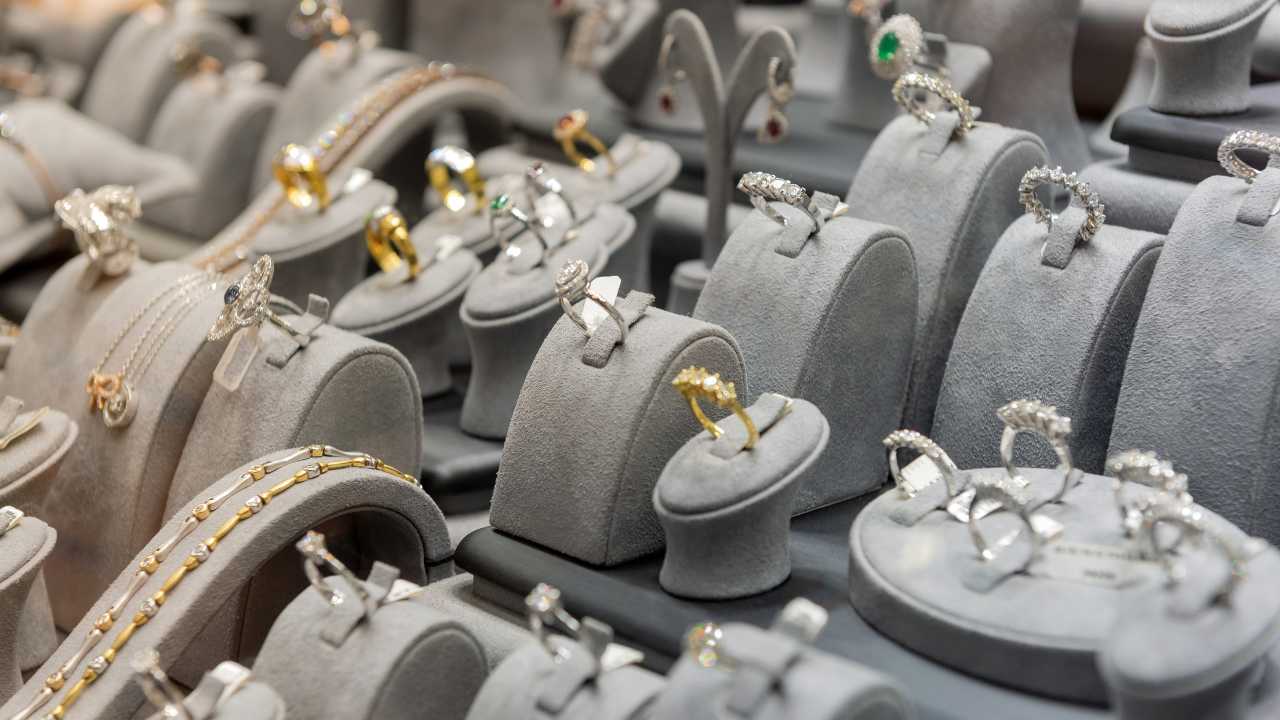When we look at the trends of today jewelry, each piece can somehow have evidence of previous decades. There are slight similarities in style, use of materials, style. A decade is a long time measurement, but each is characterized and is best remembered for a distinctive image. This is a learning experience and perhaps a reminder for some.
It is difficult to pinpoint the exact jewelry trends every decade; 10 years it is enough to change the face of fashion and the same can be said of jewelry. The following images are supposed to give you a brief idea of the dominant style of fashion jewelry and accessories that were popular in the respective decades.
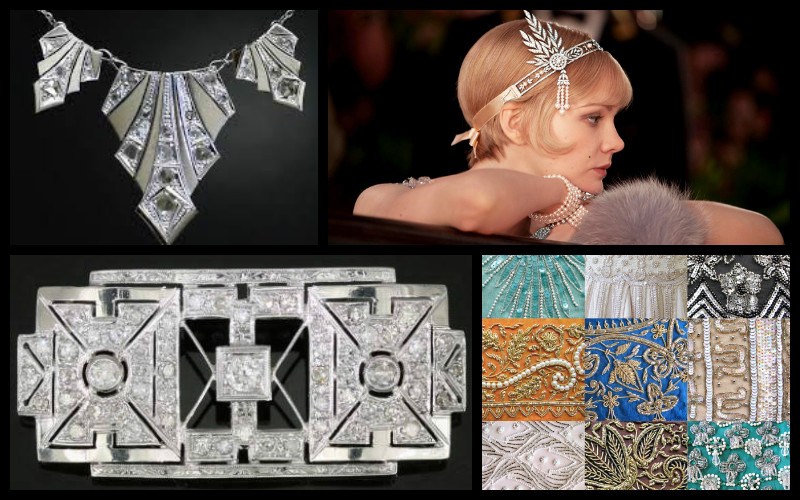
1920
The 20s were smeared Art Deco luxury. The image on the right is from the movie The Great Gatsby. If you remember, the economic boom of this period caused prodigious expenses and the women were dressed and exceptionally glamorous. During this period, common trends were geometric pendants, pearls and diamonds. Jewelry on clothing was also very popular.
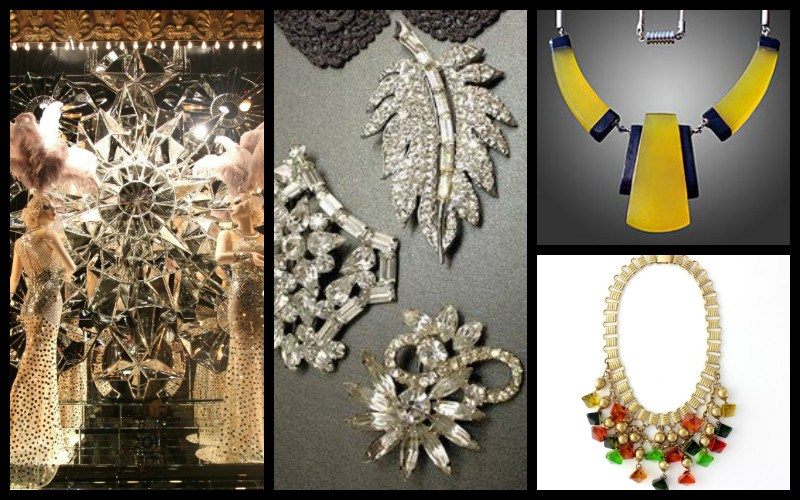
1930
The Art Deco style began to fade; the focus of the fashion industry was in America where women were influenced by the elegance of Hollywood. During this time, he was introduced as the plastic material for jewelry, like the moon rocks and other economic stones imitating the real deal.
The image on the left is a showcase for some years. Capture the spirit of the decade – an interpretation of time at a facility.
Several artists were experimenting with materials in the design of jewelry – glass, fabrics, copper, alloy, paper, paint, wood.
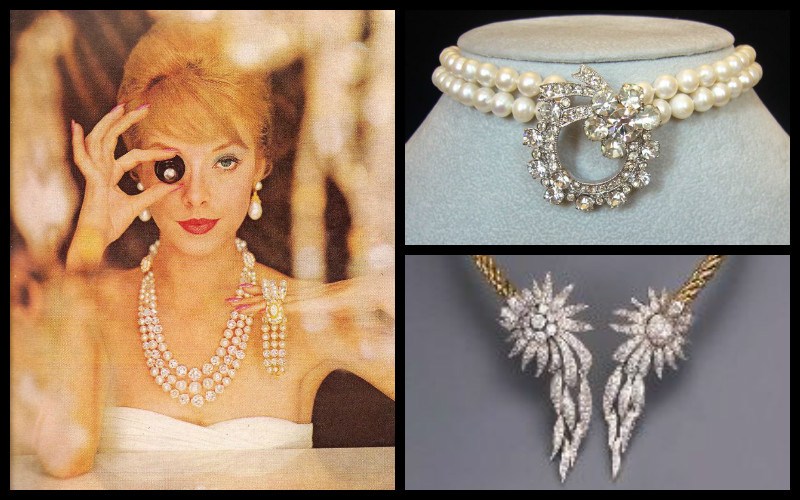
1940
This decade was dominated by the elegance and diamonds. Curiously, began a campaign of diamond company De Beers, which launched a campaign with the words “A Diamond is Forever“. Thousands of American women were convinced that they had to have diamond engagement rings. Of course, the Hollywood scene was dripping diamonds along the whole trend.

1950
50 spread a new wave in the fashion industry, one that was much more liberal, and more choice than ever before. Style options remained at a very sophisticated level. Jewelry sets were popular with women that accentuated her femininity; combined jewelry gave a more ‘unified’ look. Other trends ranging from classic pearls to sparkling brooches.

1960
Functionality and practicality was the next big thing. Plastic jewelry became popular for the variety and possibility of shapes and colors. Plastic jewelry was economic in its implementation, judging by the images of the moment, you can see the change in trends and style. The pieces of jewelry and marked in bright colors was part of the fashion look. Layered necklaces, stacked rings, bracelets large. The 60 were also marked by the rise of handmade accessories, peace signs, flowery patterns, psychedelic colors – yes, the hippie invasion.

1970
The same attitude was dragged into the next decade highlighted the jewelry pieces were attenuated. Darker colors emerged and beaded jewelry became the next big thing. On the catwalks, big golden earrings became popular. If you look at the collections of today, inspired by the 70, always devisers few of those. Other trends were mixing materials, hemp and leather, metals.

1980
The 80 was the time when fashion accentuated big and beautiful; from exaggerated hairstyles to clothing items. Large and were marked features of the jewelry scene. The punk rock homemade appearance was popular, as you can see in the picture. Mix and match was a way to customize your jewelry choices, rather than being combined at all. Delicate, elegant and minimalist necklaces were replaced by huge chains that marked a sentence, like the earrings and other jewelry items with the same characteristics.
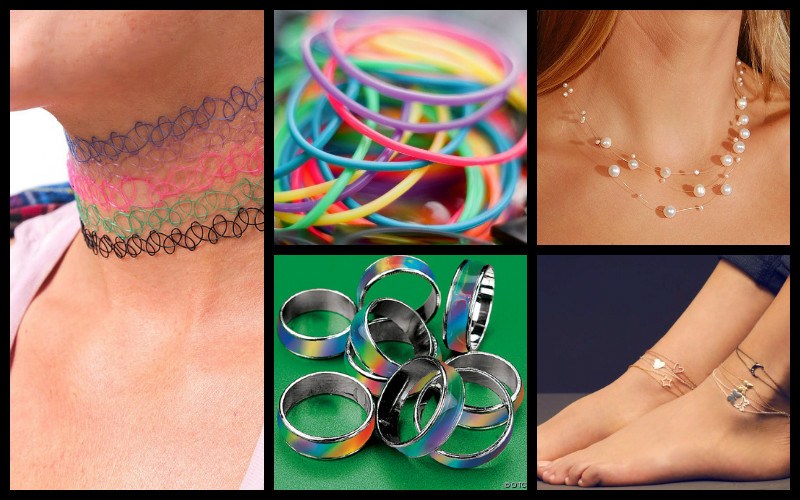
1990
The 90s were a fun decade. Remember these? The necklaces and bracelets plastic rubber! I personally had rings million emotions because they were ‘great’. I also remember other crazy alien trends as rings, necklaces butterfly, yin yan everywhere and for no apparent reason. Leather, beads and flowers it was colorful (and quirky)!
I stop here because history tends to repeat itself. These trends, styles and color variations, all are recycled in the fashion industry. Either way, any image of the past two decades can be easily transferred to some of the previous examples. Although we have extremely innovative pieces on the catwalk every year, I cannot say what characterizes the new millennium.




